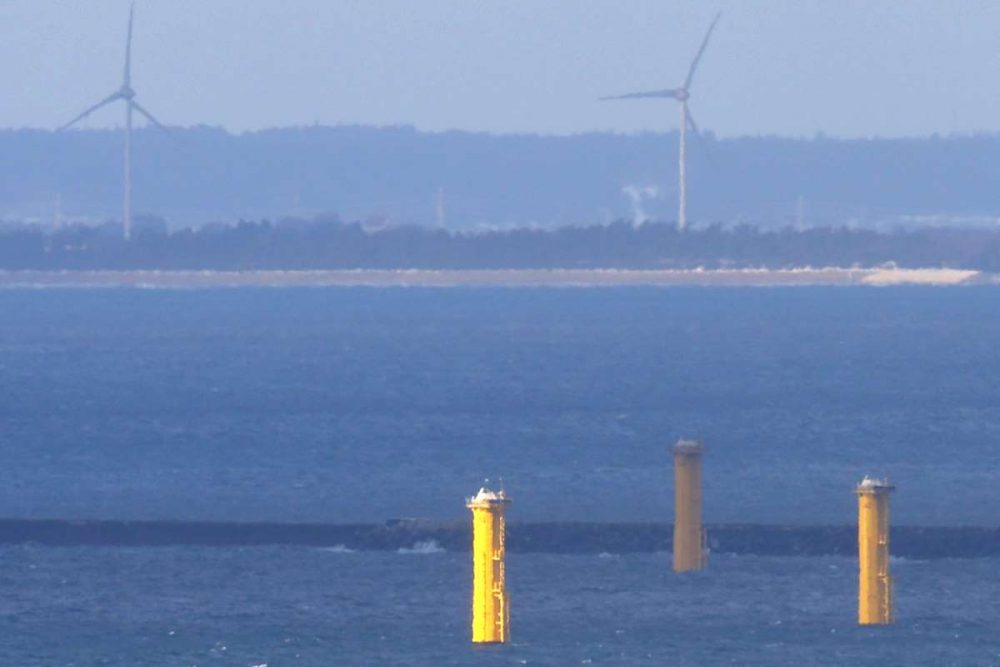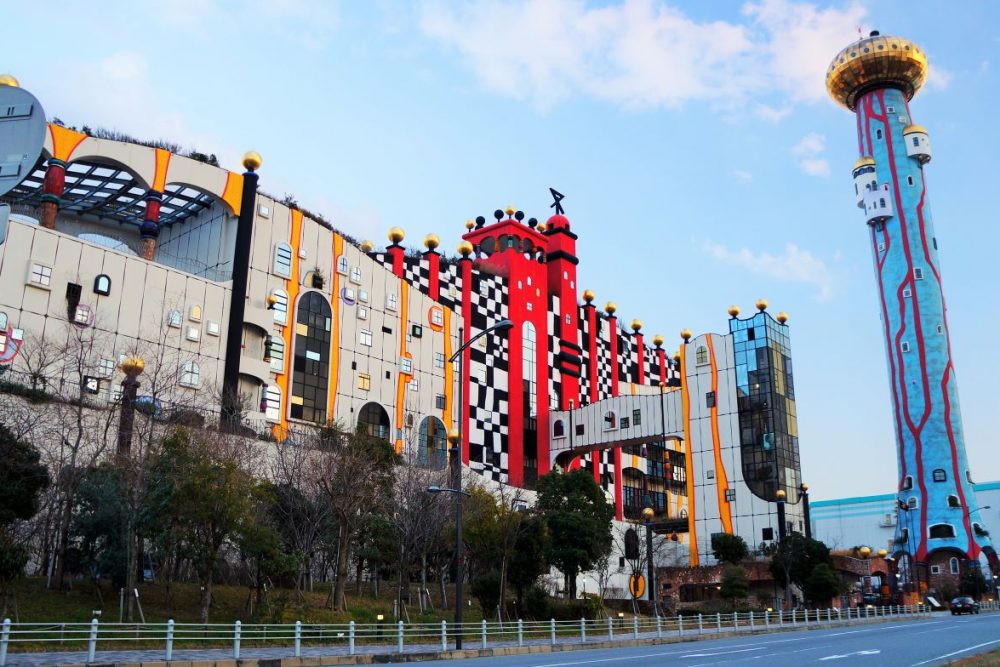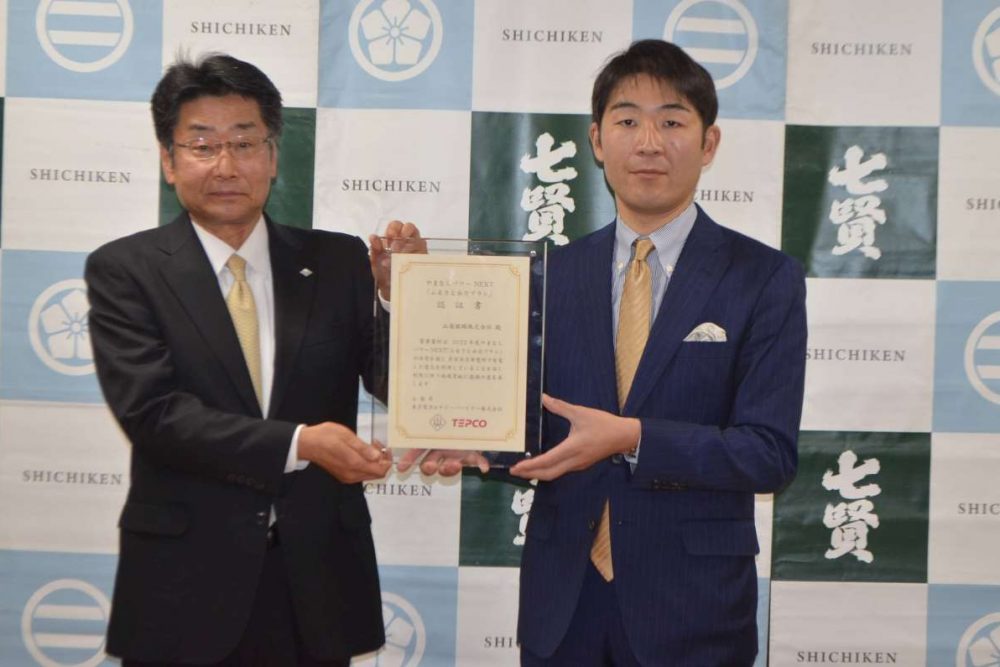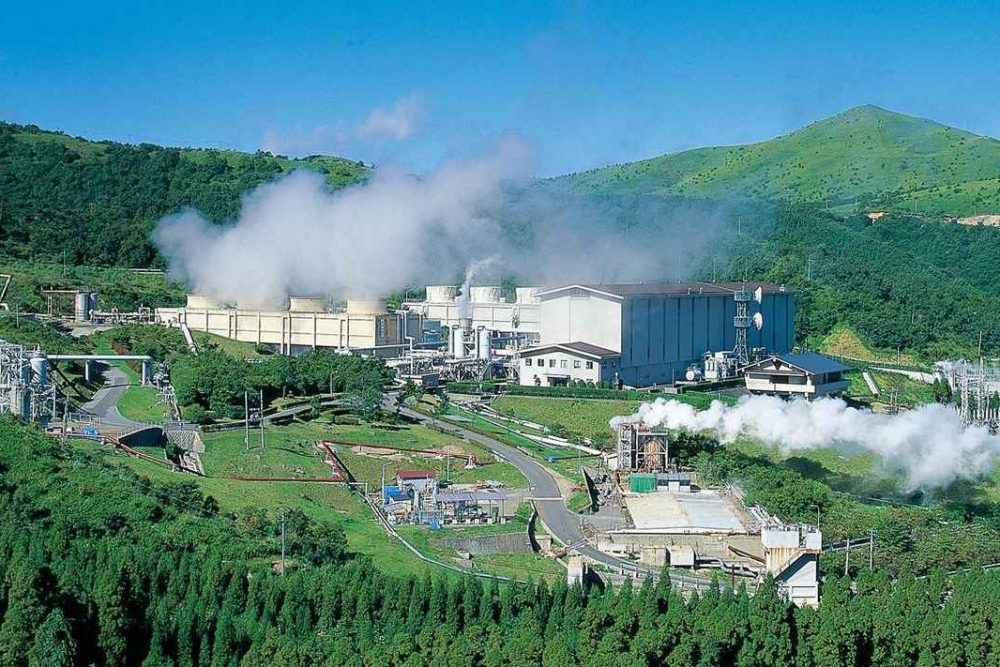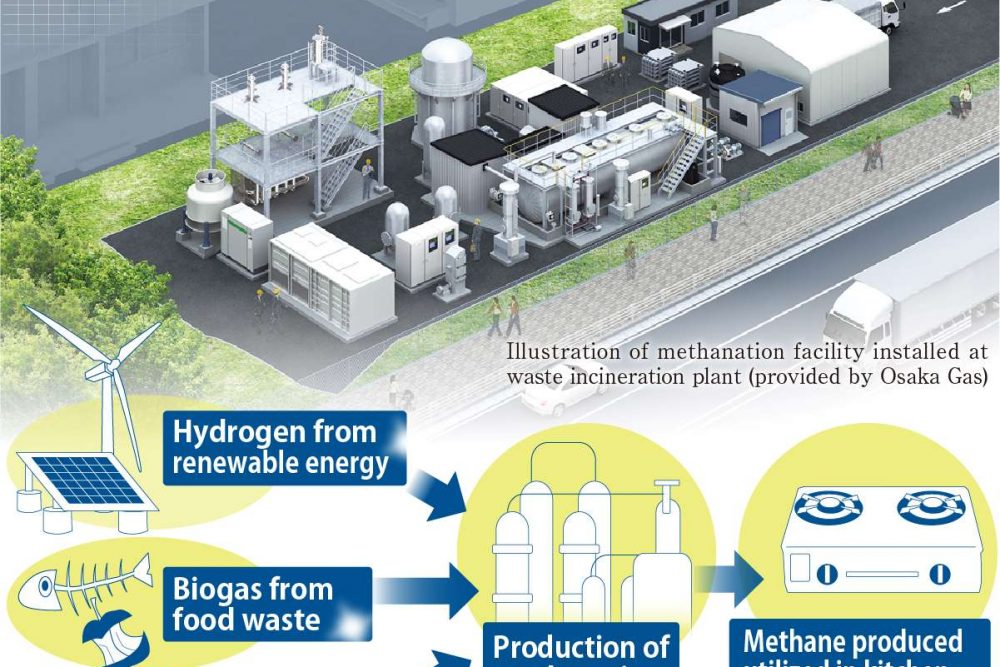Nobel Prize in Chemistry Recognizes Kitagawa's Revolutionary Research That's Changing the World
The Nobel Prize honors Dr Kitagawa for his iconoclastic way of thinking about the meaningfulness of empty space that set the stage for him to break new ground.
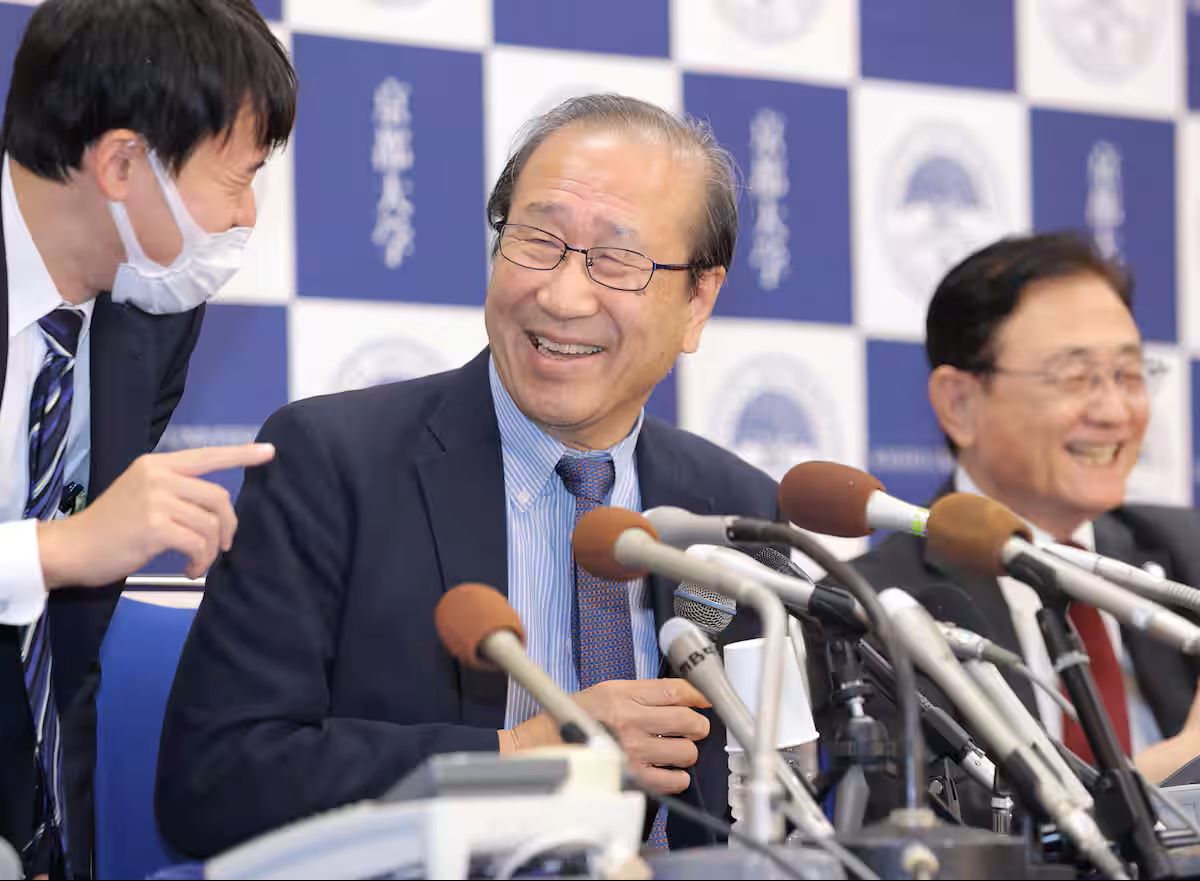
このページを 日本語 で読む
Kyoto University Distinguished Professor Susumu Kitagawa developed groundbreaking structures that form the basis for new materials. For his research, he has been awarded the 2025 Nobel Prize in Chemistry. This great achievement by a Japanese scientist is doubly celebrated following this week's earlier announcement of Dr Shimon Sakaguchi as a recipient of the Nobel Prize in Physiology or Medicine.
The types of structures Kitagawa developed are referred to as porous "metal-organic frameworks" (MOFs). In this case, the metal ions connect to organic molecules, forming sponge-like materials with countless tiny cavities inside. These cavities can be employed to efficiently absorb various gases.
Porous materials have a long history. Activated carbon is familiar to us as a deodorizer for refrigerators and has been used since the ancient Egypt era. However, the size of holes in natural materials varies. By artificially regulating the size of the holes, it becomes possible to introduce only substances that fit that size perfectly.
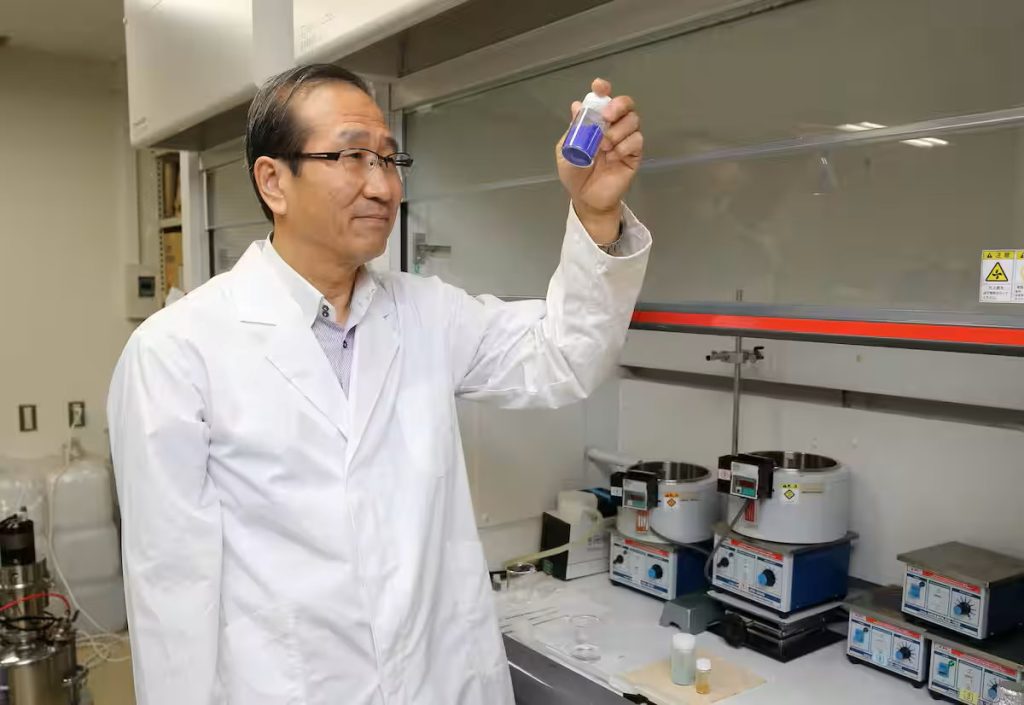
How They Work
The structures developed by Kitagawa have a jungle gym-like configuration with a metal-organic framework. The distribution of the holes are uniform and regular, but the size of the cavities can be freely designed. This makes it possible to separate and store only targeted substances from gases containing multiple substances by adsorbing these separated substances into the holes.
Many new venture companies, both in Japan and overseas, have begun developing practical applications for this "wonder material."
The innovative substance has received considerable attention for its potential contributions to solving global environmental and energy issues. For example, separating and removing carbon dioxide from factory exhaust gases and other sources could help combat global warming.
In another example, the distillation process to separate gasoline and other products from crude oil requires a huge amount of energy. Doing this more efficiently could potentially deliver considerable energy savings.
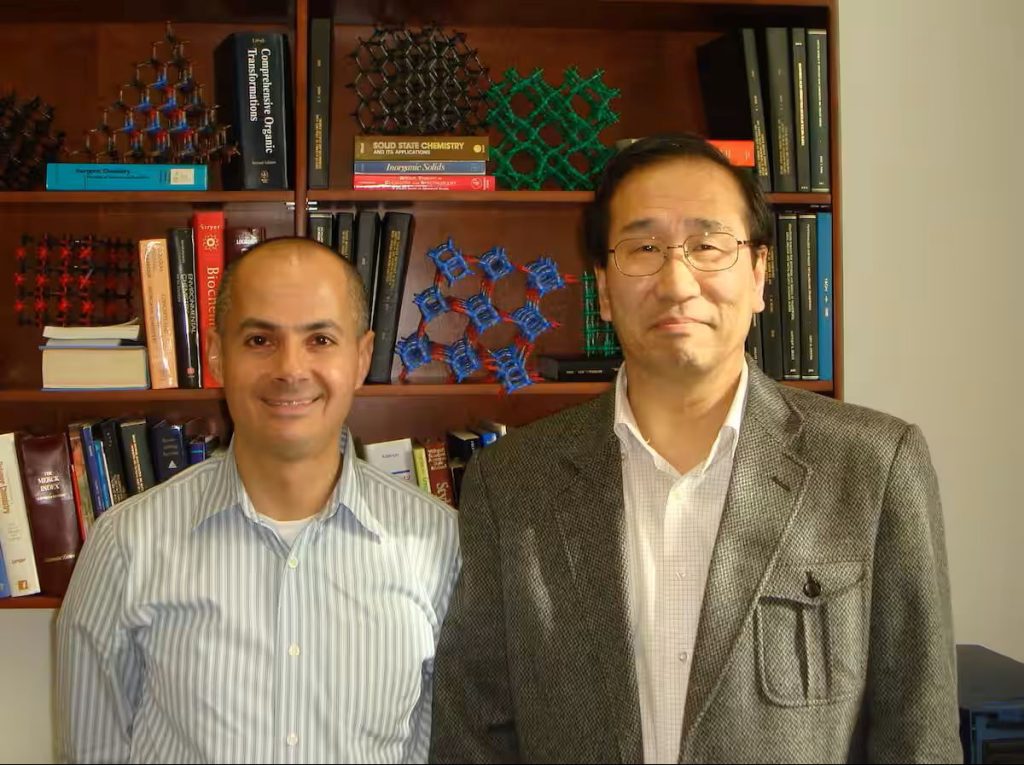
Breaking New Ground
Since the Industrial Revolution, humanity's primary energy source has shifted from solid coal to liquid petroleum. Dr Kitagawa argues that the 21st century is the "Age of Gases." He is now exploring the concept of using these new structures to extract carbon dioxide from the atmosphere and produce methanol for use as fuel.
If such "gas alchemy" were to become a reality, it might well pave the way for a transition to a sustainable industrial structure. That could be a game-changer for resource-poor Japan. The national government should work to support venture companies and strengthen research systems.
Scientists have known of the existence of cavities in materials for some time. However, they were regarded simply as spaces with no practical use. Dr Kitagawa intuitively realized that empty space is meaningful, and his iconoclastic way of thinking set the stage for him to break new ground.
Chemistry is a science that explores the mysteries of matter and is capable of altering the future course of society and industry. Hopefully, future young scientists will follow in Dr Kitagawa's footsteps and tackle the next scientific revolution.
Dr Kitagawa shares the 2025 Nobel Prize in Chemistry with Dr Richard Robson, Professor of Chemistry at the University of Melbourne, and Omar M Yaghi, Professor of Chemistry at the University of California, Berkeley.
RELATED:
- Nobel Prize in Chemistry Honors Japanese Scientist for Pioneering Porous Materials
- Sakaguchi's Nobel Prize a Challenge for Japan to Arrest Brain Drain
- Japanese Immunologist Wins Nobel Prize for Groundbreaking Immune Cell Discovery
Author: Editorial Board, The Sankei Shimbun
このページを 日本語 で読む






